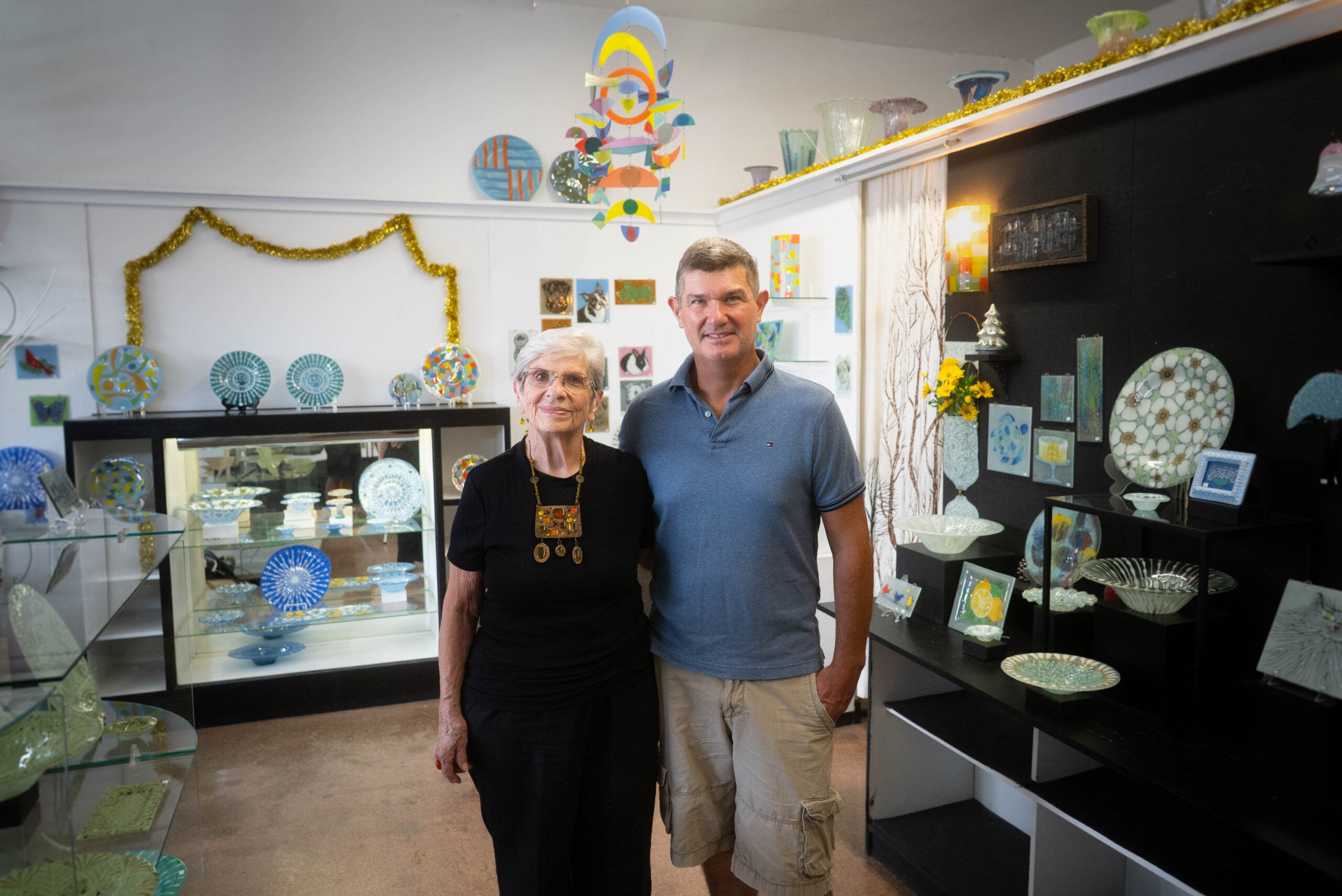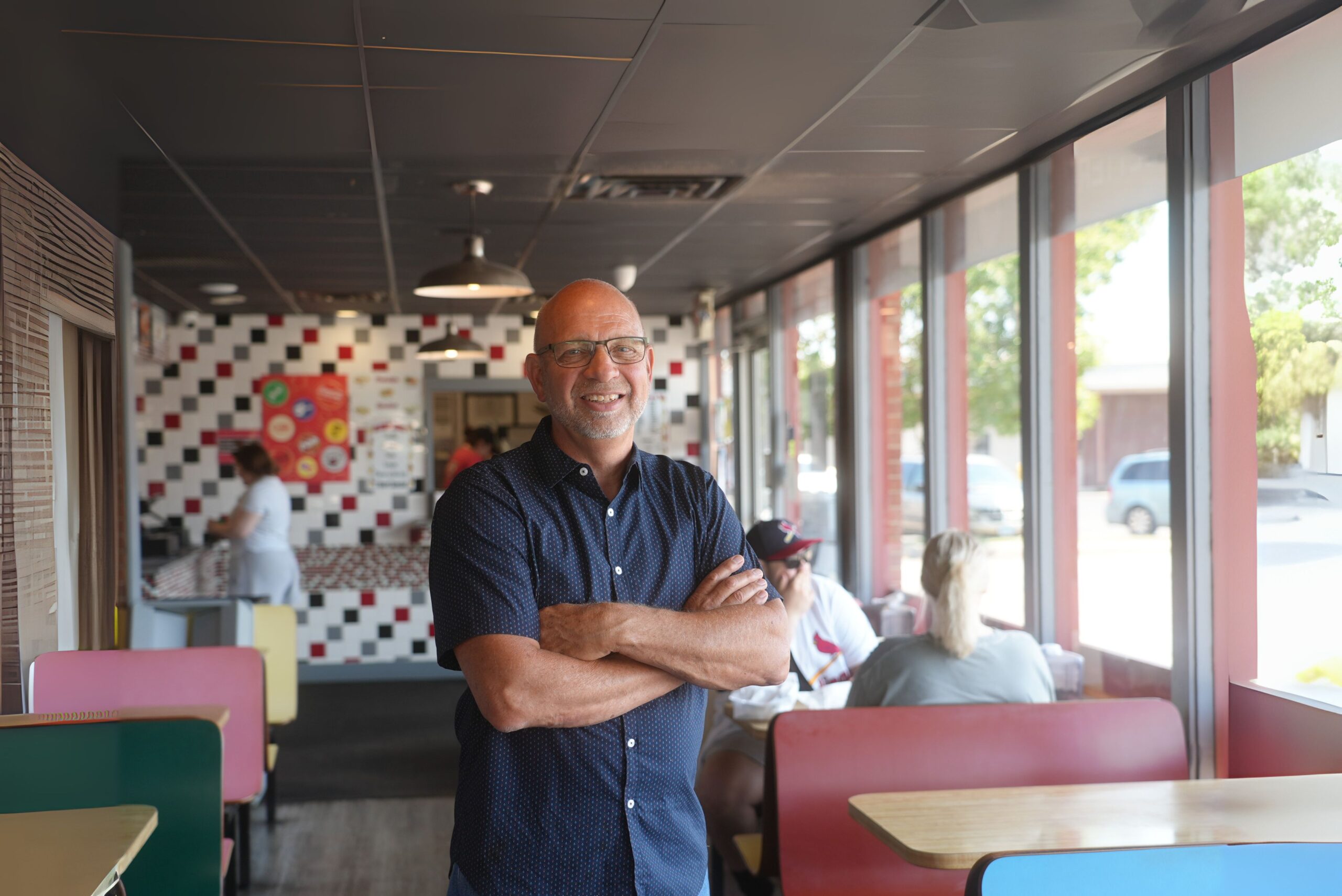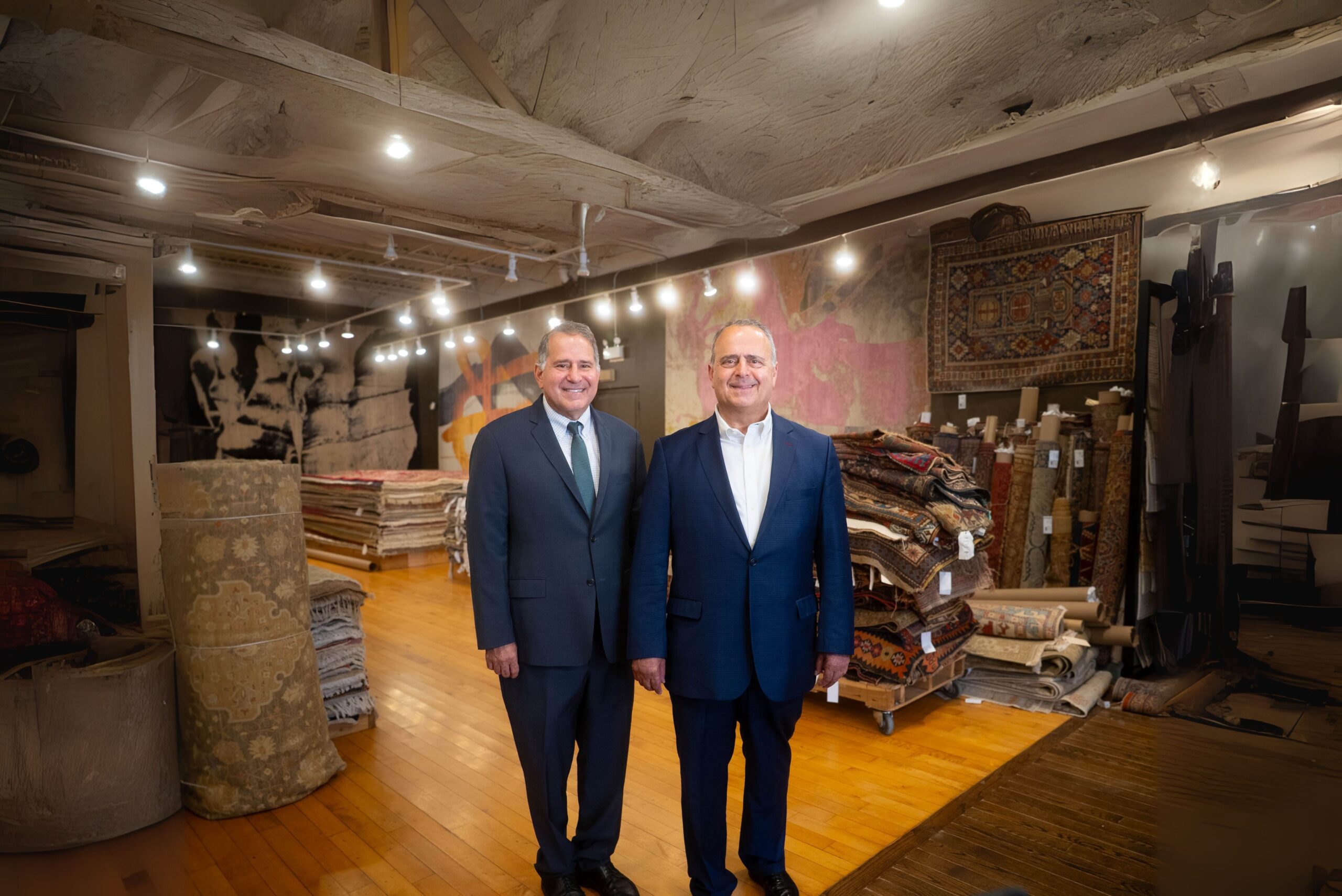Curating the right retail inventory can effectively showcase your values, brand identity, and demonstrate your understanding of your customers.
That’s why every item on your shelf should tell a story.
Laura Hawkins, owner of Little Luxuries in Taylorville, Illinois, understands this better than anyone. With the right inventory, she was able to transform her grandmother’s franchise into a profitable retail boutique, offering a wide range of products, including jewelry, apparel, handmade soaps, and vintage home goods.
Laura shares six ways she curates her store’s inventory to reflect her small-town community, brand story, and what her customers truly want.
1. Start With Your Store’s Story
Little Luxuries didn’t begin as a complete lifestyle boutique. Originally, the store was a Merle Norman Cosmetics franchise that opened in 1963 by Laura’s grandmother. It was decades later when Laura took over the business and grew what would become a signature retail destination in Taylorville.
At the time, the store exclusively sold cosmetics, but Laura saw an opportunity to serve her small-town community in a bigger way. After relocating the business, she gradually introduced new categories, including jewelry, apparel, accessories, handmade soaps, gourmet foods, and home décor. Her approach was personal, intentional, and tailored to the town’s needs.
If you’re taking over a family business or working with an existing retail concept, consider how your unique vision and your community’s needs can guide product expansion.
2. Build Around What Your Community Needs
Laura Hawkins didn’t add new products to Little Luxuries simply to broaden her inventory; she did it to fill a gap in her local market. After moving back to Taylorville from larger cities like Chicago and Palm Beach, she realized that her hometown lacked the types of retail experiences she had grown used to. That insight became the catalyst for a carefully curated product expansion.
It was this approach that allowed her to transform Little Luxuries into a go-to shop that locals could rely on for quality, variety, and convenience, without needing to leave town.
Here are a few practical ways to align your inventory with local demand:
- Observe what’s missing locally: Walk through your downtown or local neighborhood area. What stores don’t exist? What product types are underserved? What could you offer to solve customers’ needs?
- Talk to your customers directly: Ask what they wish they could find locally and keep a running list of product requests or common questions, then determine whether you want to be the one to accommodate their needs.
- Start small and test new categories: Before committing to large orders, introduce a few new items and assess their performance. If something does well, stock more of it. If a product isn’t selling, it may be time to discontinue it.
- Evaluate what’s trending regionally: Your area might respond differently to seasonal trends or niche items than major urban markets, so make sure to consider this. Don’t hold on too tightly to things that just don’t work.
- Keep evolving with your town: As your community grows or shifts, your inventory should too, especially if new businesses are opening nearby. This is key. Just as you shift in life, your audience and town may do the same.
If you’re opening a retail shop in a small town or growing one, let your community’s needs shape your inventory. It’s important to curate your inventory around what people want and need (but can’t find).
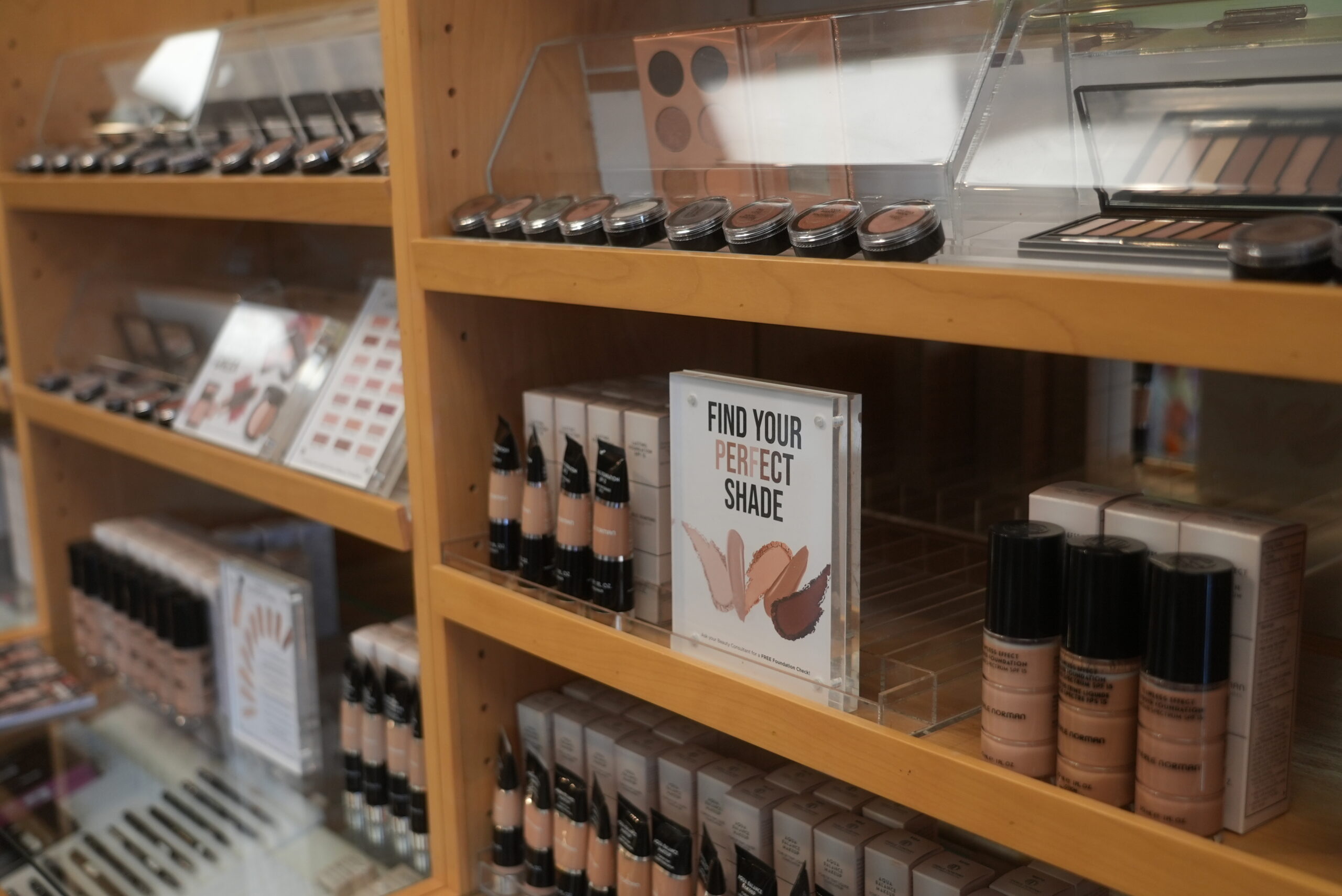
3. Create a Boutique Feel With Variety
Over the years, Laura has carefully and intentionally selected products to expand Little Luxuries’ collection. Every item on the store shelves contributes to a consistent shopping experience that feels both cohesive and delightfully unexpected.
The store still retains its original foundation, but layered into that are complementary categories that appeal to Laura’s customer base and reflect the boutique feel she has cultivated over time.
While the product range is diverse, the underlying theme is consistent: every item feels like a “little luxury.” If you’re expanding your inventory across multiple categories, think about your theme. Is it sustainability? Wellness? Or vintage nostalgia? Whatever it is, consider how each product will contribute to your store’s personality.
4. Rotate and Refresh Seasonally
One of the ways Laura keeps Little Luxuries fresh and exciting is through regular inventory rotation. Rather than relying on static offerings year-round, she continuously updates the store with seasonal items and new product finds that invite customers to browse and discover something different with each visit.
This thoughtful rotation keeps the store from feeling stale, even for regular customers, and reinforces Little Luxuries’ identity as a place of warmth, charm, and constant discovery. It also allows Laura to respond quickly to shifts in demand, upcoming holidays, or community events, giving her the flexibility to stay relevant and prepared throughout the year.
If you’re running a boutique or gift shop, consider how you can use seasonal changes to your advantage. You may be adjusting your inventory for holidays or offering fresh finds throughout the year. These regular updates can keep your space dynamic and give customers a reason to return.
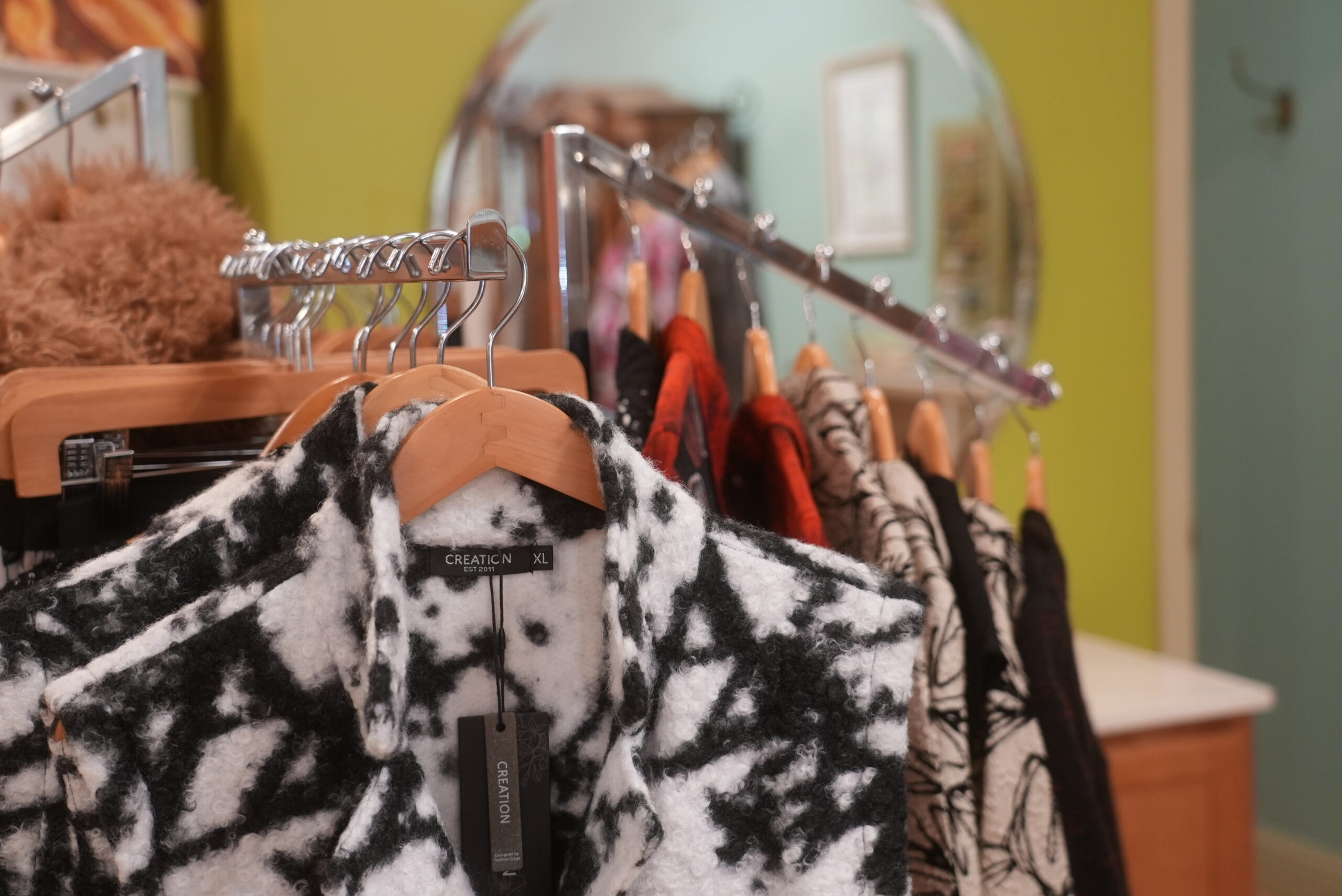
5. Anchor Your Inventory in Personal Values
Laura doesn’t make inventory decisions based solely on margins or trends. Every item she brings into Little Luxuries is a reflection of her values, particularly her profound commitment to supporting her town and creating meaningful customer experiences for its residents.
“The only things I carry in my store are things I really love, things that I would wear. Basically, it’s just got to be something beautiful, something I think my customers would love. Everything is brought in here for a purpose with meaning,” she explains.
You can bring the same mindset into your business by aligning your inventory with what matters most to you and your community. You should try the following:
- Source from regional makers or small-batch vendors who reflect your store’s values.
- Prioritize quality over quantity, choosing pieces that feel personal to you.
- Think like a local shopper: Would this save someone a trip to the next town over?
- Curate items that bring joy, comfort, or inspiration to everyday life.
- Highlight your town or region in your displays, products, or signage to reinforce a sense of community and local identity.
If you want your store to feel authentic and rooted in purpose, your values should guide your buying decisions.
6. Grow Your Inventory Along With Your Business
The shift from a single-brand cosmetics franchise to a multi-category boutique didn’t happen overnight. It stemmed from years of listening to her customers, learning what sold, and gradually building a retail identity that reflected Laura’s creative vision and the community’s evolving needs.
As she introduced new product categories, Laura recognized that the name and feel of the business had to grow with it.
Your inventory, just like your brand, should never stay stagnant. As you grow more confident in your voice as a retailer and build deeper connections with your customers, your product selection should continue to reflect that journey.
If you’re finding that your store’s identity has shifted or that your customers are requesting new items, consider how your inventory can evolve alongside your business while remaining authentic to your brand identity.
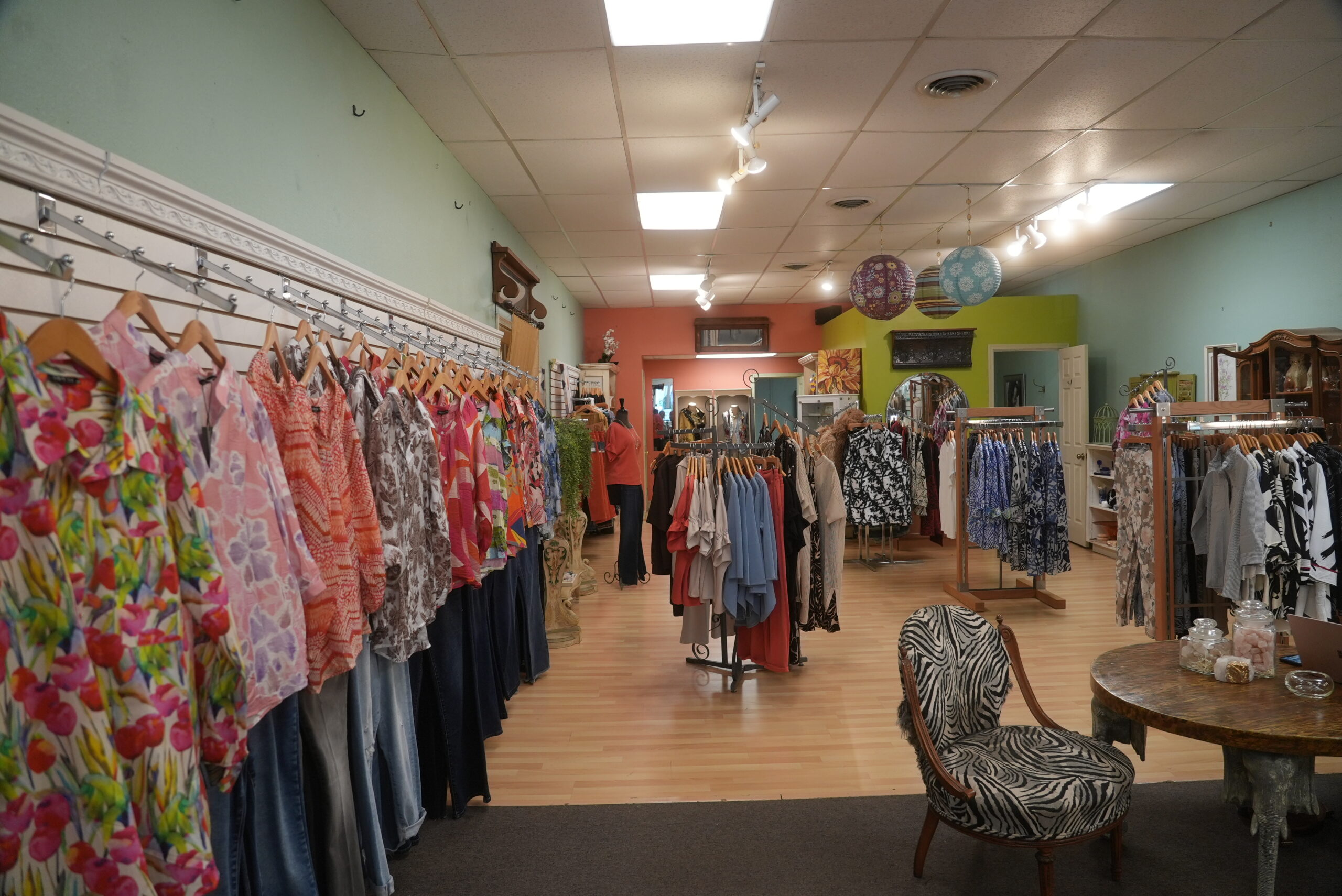
Conclusion
Curating the right retail inventory is about stocking shelves while building relationships with your community, your customers, and your brand. For Laura Hawkins at Little Luxuries, that means evolving with intention, listening closely, and sourcing creatively.
Take a page from Laura’s story: inventory isn’t just what you sell, it’s who you are.
Want to learn more about other Illinois retail leaders? Read inspiring stories from retailers across Illinois who are making a difference.
If you loved learning about the story of Little Luxuries and know a retailer who deserves recognition, Nominate A Retailer to submit your nomination!


